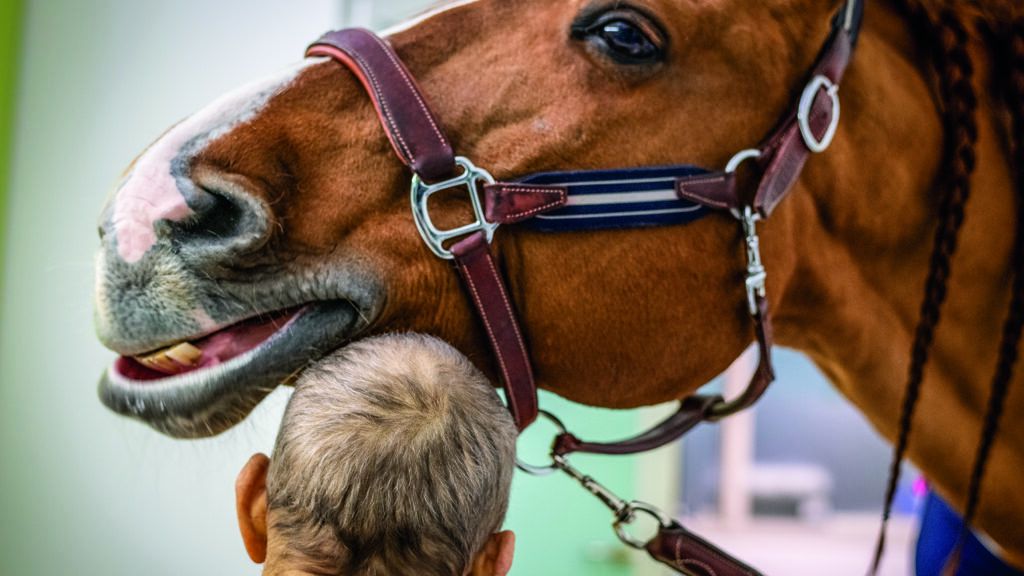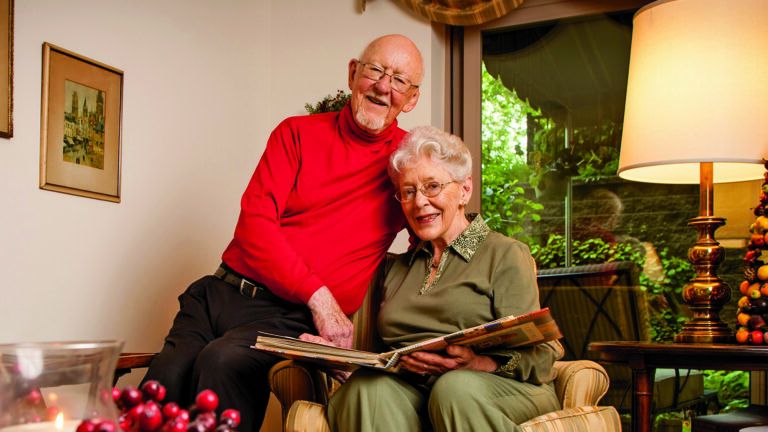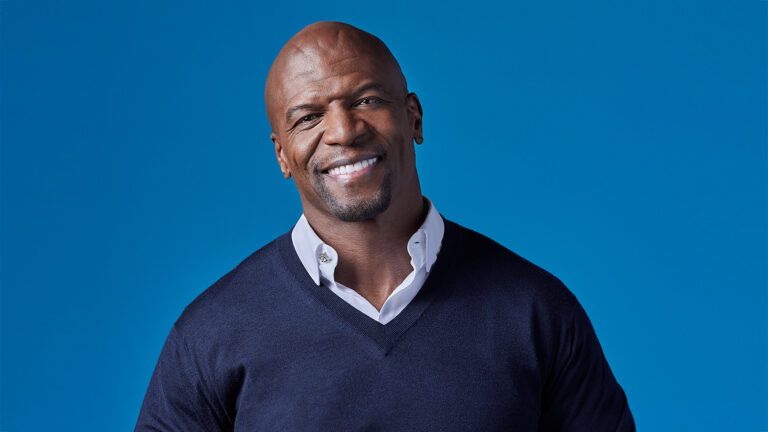You expect to hear beeps, buzzes, even shrieks from machines and monitors in a hospital, but not clip-clop, clip-clop. And definitely not a neigh or a whinny. Yet those are common sounds in the hallways of Calais Hospital in northern France. Why? Because towering over the doctors and nurses in white coats and scrubs, you’ll find the sweet chestnut-brown face of Peyo the horse, accompanied by his owner and handler, Hassen Bouchakour.
Peyo, a Barb stallion, now 17 years old, didn’t always work under fluorescent lights, surrounded by the smell of antiseptics and those incessant machine alarms. He had a remarkable career in the show ring, where he was accustomed to the roar of applause and the flash of photographers’ bulbs. The competitions and exhibitions, known as dressage, require a symbiotic relationship between rider and horse as the horse performs a series of precise movements. After the shows, Peyo would, independently, approach certain people in the audience and remain by them. Over time, Hassen realized his show horse was not simply signaling that he wanted more human contact. Peyo was pointedly seeking out people who were physically or mentally fragile.

“It took me a while to accept it,” Hassen told The Guardian. “It put an end to my successful career as a sportsman, and as a showman. It was very complicated to no longer be the master, and to be forced to admit that when [Peyo] detects someone [is sick], I am no longer in control. When he decides, I cannot hold him back; it’s a need, it’s visceral, it is in him, he needs to go and cling onto the specific person he has chosen.”
Hassen is referring not only to Peyo’s unique behavior from his days in the dressage arena, but also to what he has done since 2016, when he began making rounds in the palliative care unit of Calais Hospital. Peyo will indicate which patient they are to see next by approaching the door of the person’s room and lifting up his leg. Once he’s inside the room, he will connect with the patient, nuzzling and comforting them, letting them pet him. Sometimes he assumes a guarding stance to protect the infirm.
“What really pushed scientists to take an interest in him and open the health establishment doors to us was this [seeming] ability to greatly reduce [the patients’ dosage of] all hard drugs and thus allow a more peaceful departure,” Hassen told The Guardian.

Whether it’s a child or an elderly person, a patient or their family members, Peyo brings delight and peace. The staff also looks forward to his visit; his presence reduces the stress of a difficult job. Each month, Hassen and Peyo visit about 20 people who are at the end of their life. They’ve supported well over 1,000 patients since the horse’s journey of compassion began.
Hassen reflects in The Guardian, “It is a unique experience to look after a person who is facing death, to stay with them and tell them: ‘Don’t worry, you can go in peace, you won’t be forgotten.’”
To support the work of Peyo and Hassen, visit lessabotsducoeur.org.
For more inspiring animal stories, subscribe to All God’s Creatures magazine.






